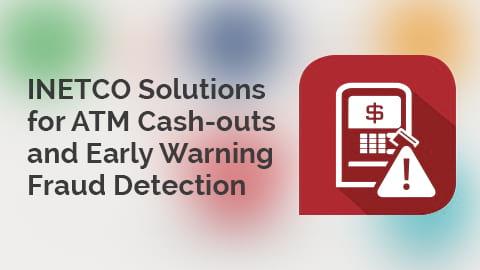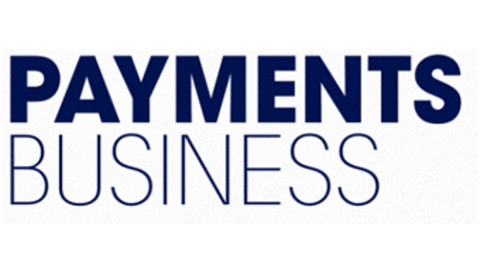How to Stop Phishing Attacks: Lessons Learned From the JPMorgan Chase SOC Team
Phishing attacks aren’t going away anytime soon. The numbers from Verizon’s 2019 DBIR Report and SANS Institute prove only one thing: When you’ve done all you can to protect against phishing attacks, that means it’s time to do more.










